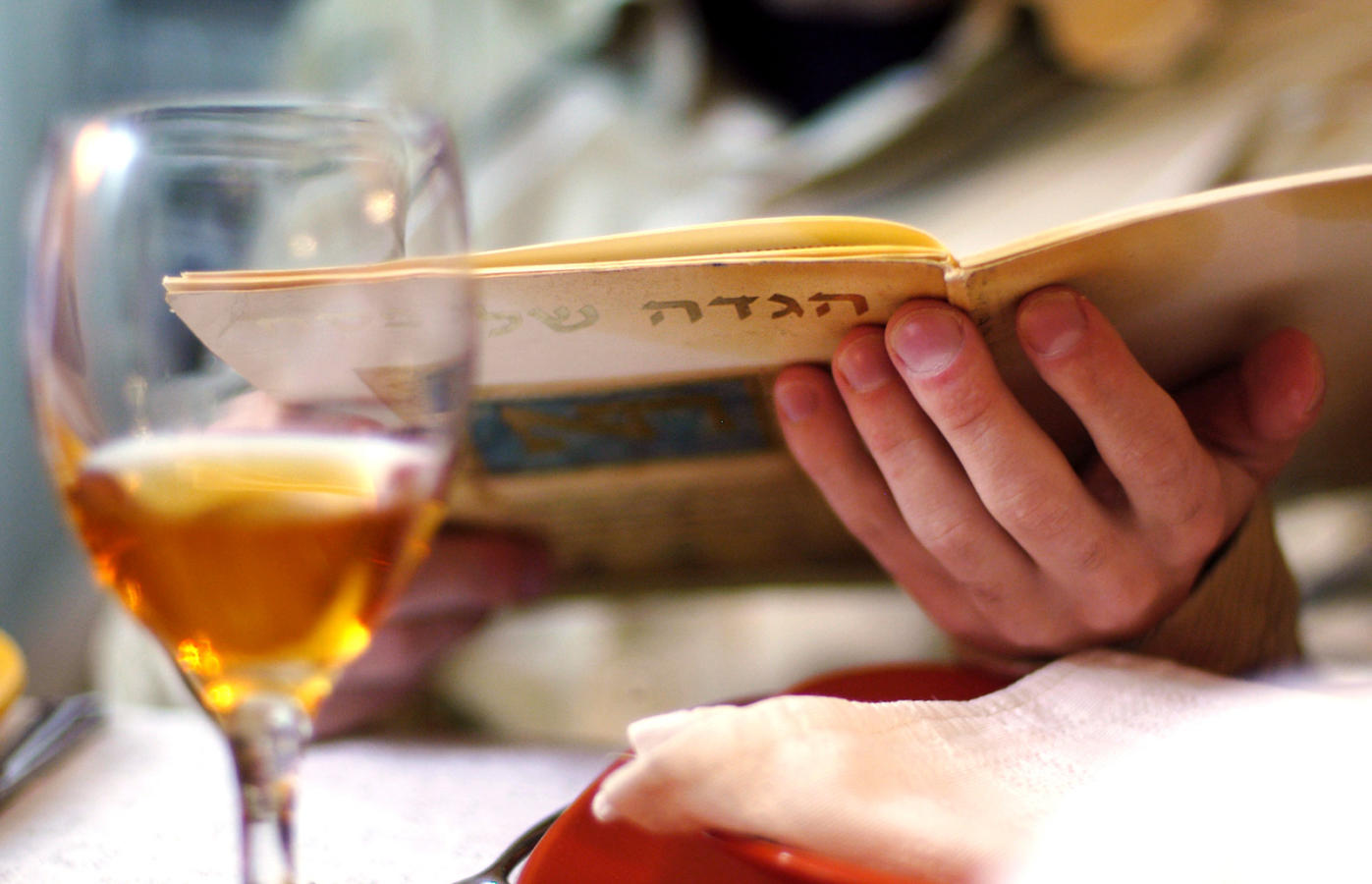The Passover seder (Hebrew for “order”) follows a prescribed list of 14 steps. The fifth one, and the centerpiece of the entire seder ritual, is the fifth: Maggid.
Hebrew for “narrate,” Maggid is the main storytelling portion of the seder, the section in which we relate the basic story of the Exodus from Egypt, describe the various ritual items of the seder, and recite such seder classics as Dayenu and the Mah Nishtanah.
Maggid begins with the recitation of a short paragraph known as Hah Lachma Anya, which describes the matzah as the “bread of affliction” and invites all who need a place to observe the seder to join us. It then moves on to the Four Questions, traditionally recited by the youngest child present.
The remainder of the Maggid section is essentially an extended answer to those questions. Among its highlights are the enigmatic section known as the Four Sons, which describes four types of children present at the seder and offers instructions as to how they should be taught the story of the Exodus.
Another highlight of Maggid is the recitation of the Ten Plagues that God inflicted on the Egyptians, in the course of which it is common practice to remove a drop of wine from one’s cup in a symbol of our diminished joy at the suffering that was necessary to achieve our freedom. The plagues are followed by the singing of Dayenu, a poem of gratitude to God for all the kindnesses he bestowed upon the Jewish people during the Exodus and its aftermath.
Maggid concludes with several paragraphs of praise that presage the longer Hallel section that will be recited later in the seder.



